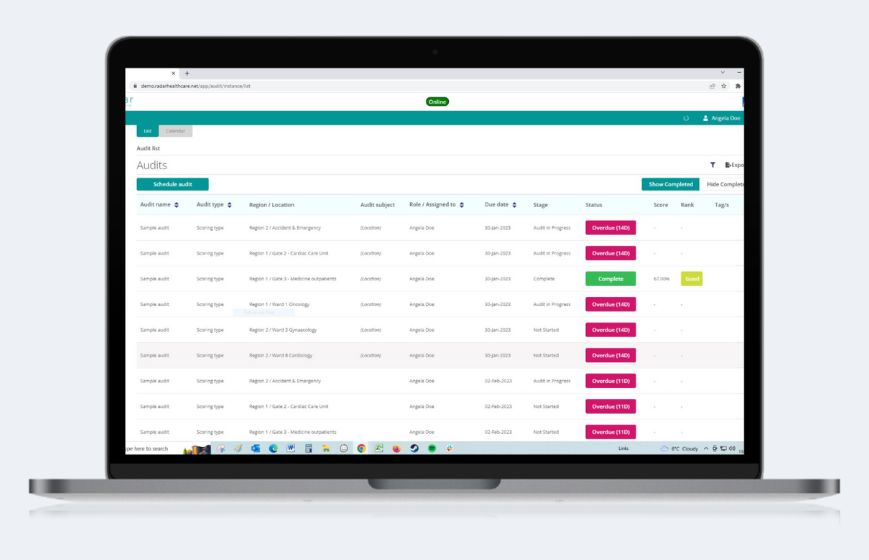What is an After Action Review (AAR)? Everything You Need to Know
Tags:
An After Action Review (AAR) is a structured, facilitated discussion of an event that helps individuals understand why the outcome differed from what was expected. AARs are crucial for improving processes and capturing lessons for future improvements within an organisation.
What is an After Action Review?
An After Action Review (AAR) is a process used to evaluate both positive and negative outcomes in various settings, including healthcare. It involves a diverse group of individuals who share their perspectives to generate a comprehensive understanding of an event. This multi-disciplinary team (MDT) approach ensures that insights are gathered from various professionals, such as GPs, nurses, and pharmacists, who collaborate on treatment decisions for patients.

How to Conduct an After Action Review
To conduct an effective AAR, follow these four steps:
1️⃣Engage your leaders: Ensure leaders are involved to support the process.
2️⃣Train facilitators: Provide training for staff who will facilitate the review.
3️⃣Educate your workforce: Make sure everyone understands the purpose and process of AARs.
4️⃣Establish a structure: Implement a clear structure for recording and analysing information.
“The fundamental principle of the After Action Review is that it flattens the hierarchy and enables people to learn together from the richness of their different experiences, and the research on this is really powerful.”

What are the 4 Parts of an After Action Review?
An AAR typically involves answering these four key questions:
- What was the expected outcome?
- What actually happened?
- What went well and why?
- What can we learn and how can we improve?
These questions help create a lessons-learned log that can be disseminated to share good practices and learn from any mistakes.
AARs in Healthcare and PSIRF
After Action Review NHS
AARs are integrated into NHS England’s Patient Safety Incident Response Framework (PSIRF) to enhance learning from incidents and events. PSIRF aims to:
❤️ Engage compassionately with those affected by patient safety incidents.
🔄 Apply system-based approaches to learning from incidents.
⚖️ Respond proportionately to patient safety incidents.
👥 Provide supportive oversight to improve system functioning.“We must have the senior leaders, senior clinicians, and culture leaders completely on board with after action review because it devolves power down the chain of command.”

How AARs can help you to improve patient safety outcomes
Brighton and Sussex University Hospitals NHS Trust published a study on how AARs help reduce the number of hospital falls. They saw some incredible results after routinely using After Action Reviews after every patient fall, making sure to include the patient, family members, and all staff who were directly involved. Over a five-year period, they reduced falls by 49%, saving thousands of patients’ lives and 1.3 million pounds.
Being able to map out themes that are emerging is extremely important. Radar Healthcare’s system enables you to keep a finger on the pulse by monitoring which teams have the most AAR activity. This, in turn, gives you a sign of where the healthy behaviours are and what key issues are developing.
Radar Healthcare’s experience in understanding the importance of patient safety means we work in collaboration with our NHS partners to ensure our software works around for what they need to achieve – we don’t have a ‘one-size fits all’ approach – it’s about the objectives of the organisation.
PSIRF and LFPSE are changing the way you do things, which is why we’re here to help you to make a difference and ensure you have what you need to improve patient outcomes.

Conclusion
Implementing AARs can significantly improve processes and outcomes by fostering a culture of continuous learning and improvement. By following structured steps and engaging all relevant parties, organisations can effectively learn from past events and enhance future performance.
For more information, listen to the full podcast episode with Judy Walker or explore how Radar Healthcare can support your AAR implementation.
This article is part of our commitment to educating our partners and industry peers. For legal issues, please seek specific guidance. We are not responsible for the content of third-party websites linked in this article.










